
Wir reisen, also sind wir
vakantio.de/wirreisenalsosindwir
Ecuador: Galapagos (Part 1: Puerto Ayora & Isabela Island)
Naipablaak: 10.08.2018
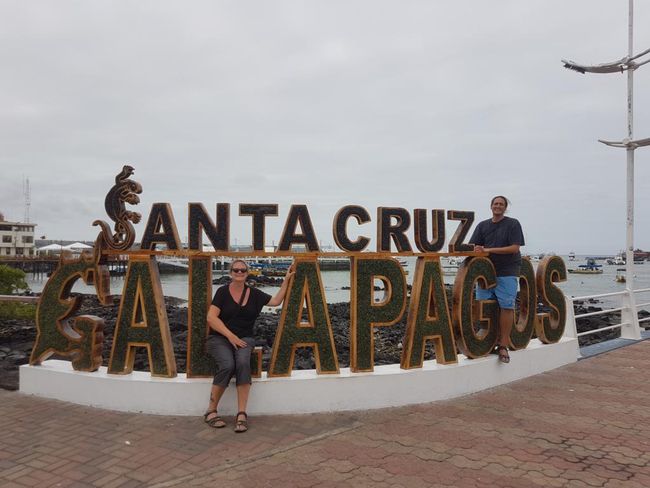
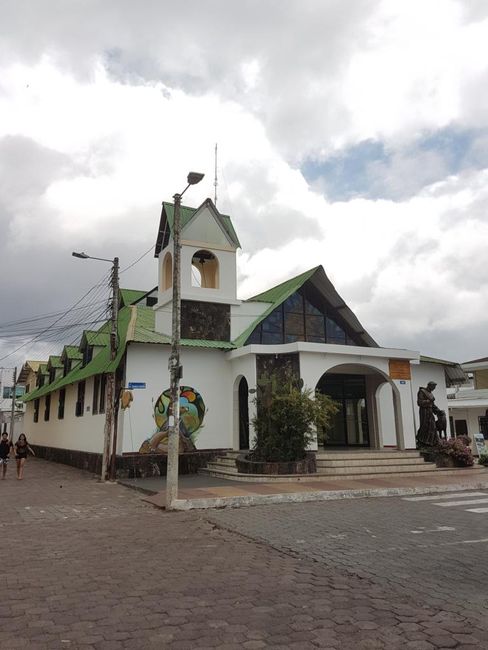
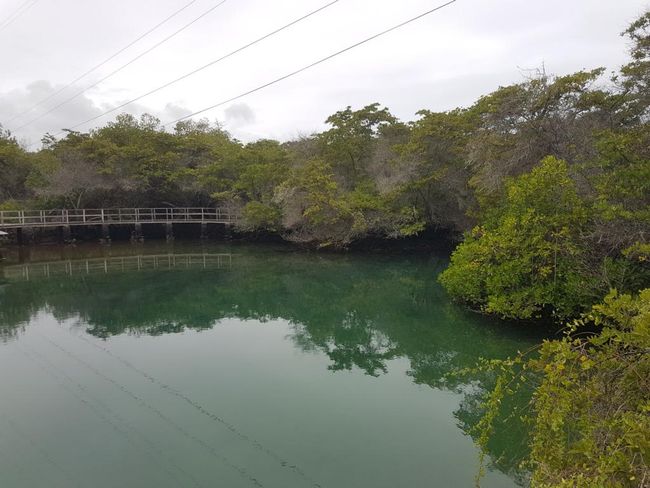
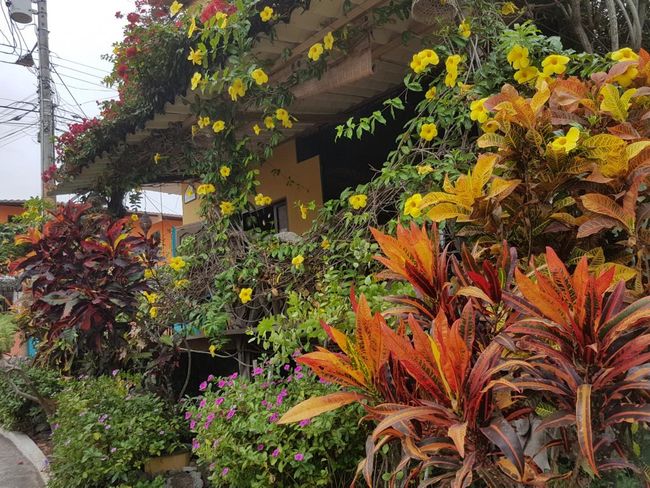
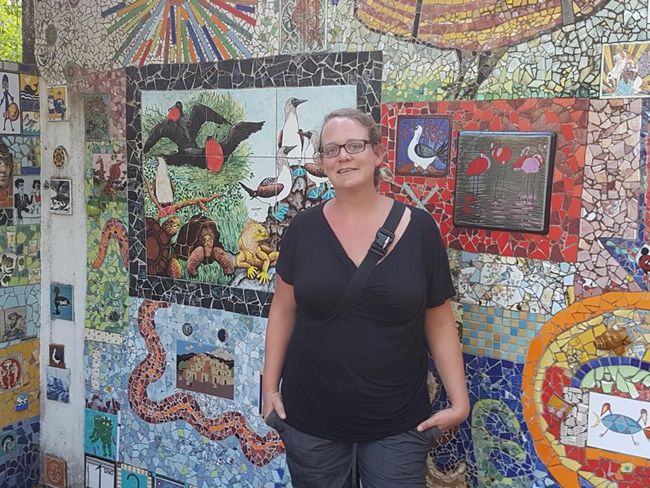
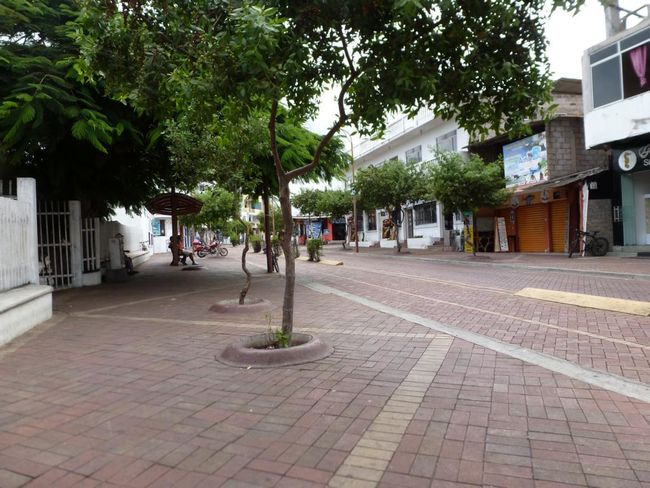
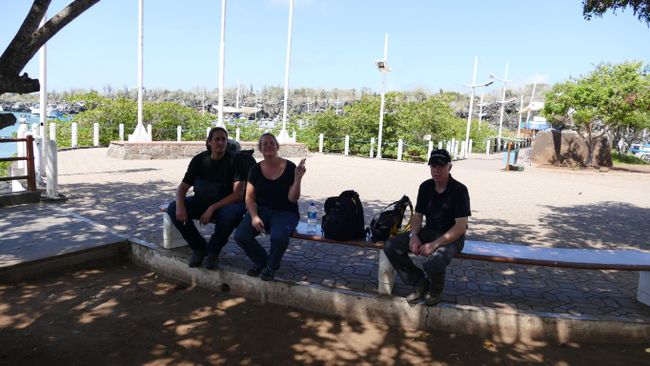
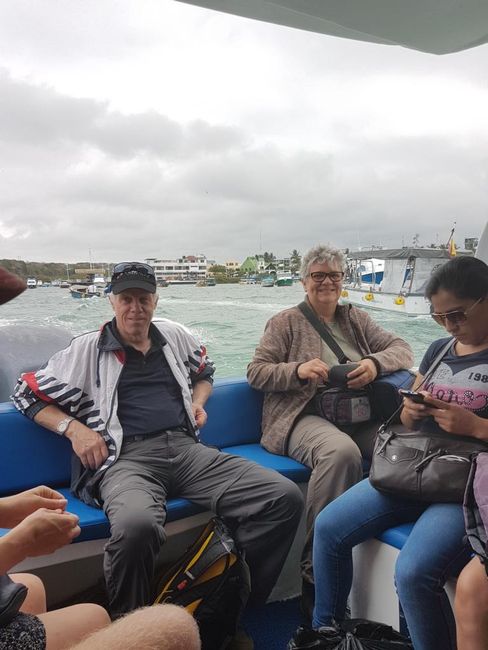
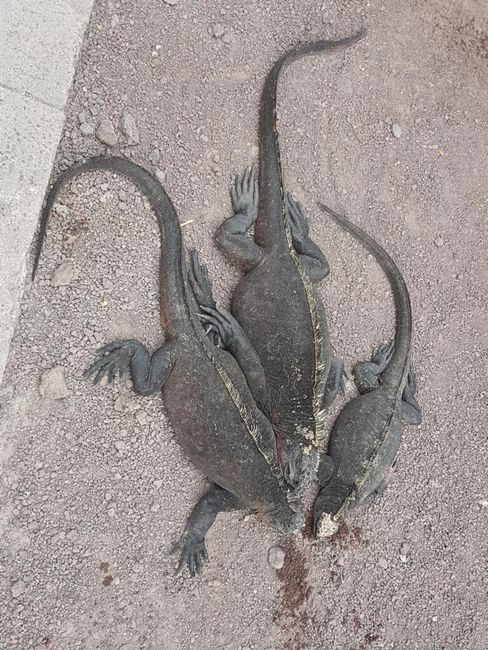
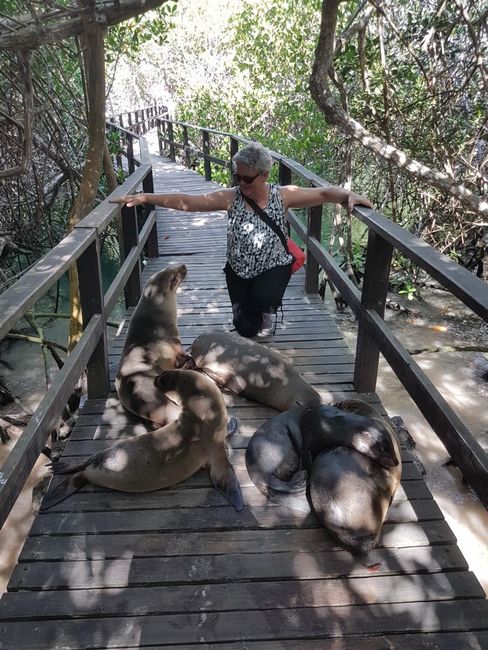
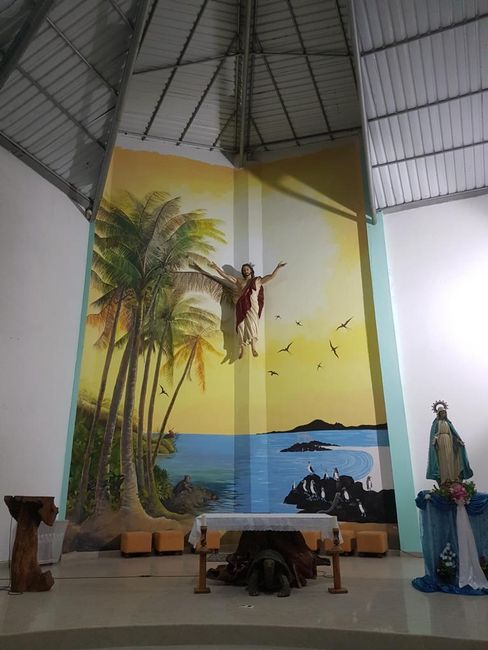
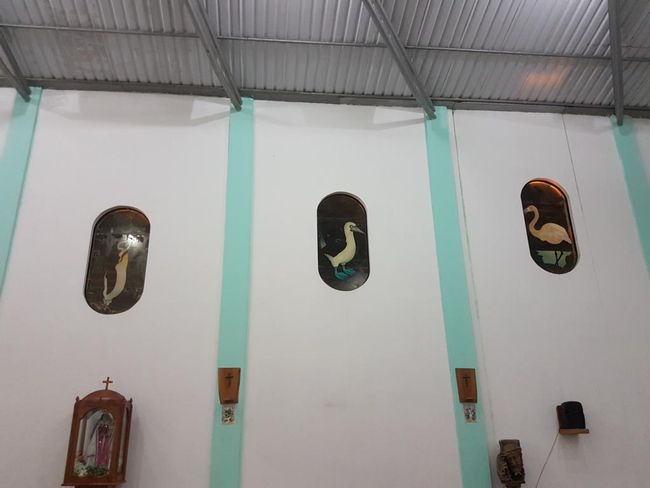
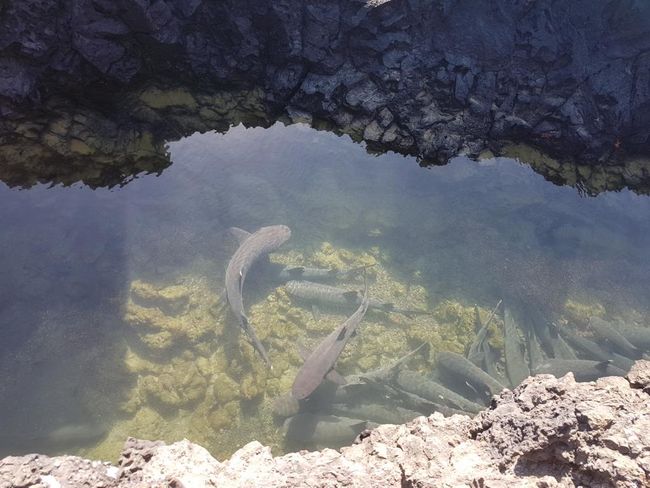
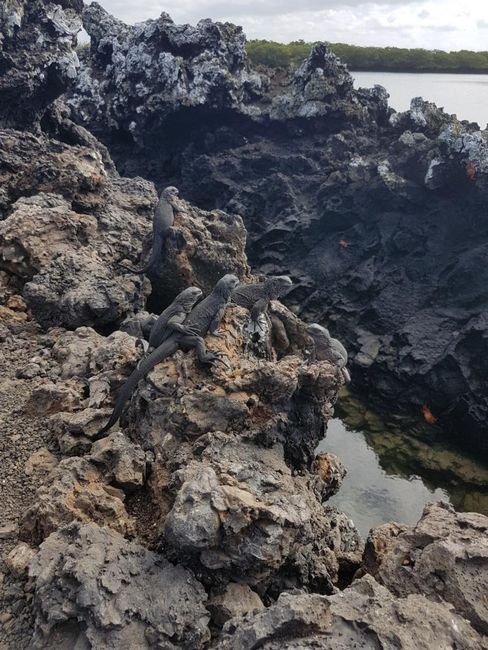
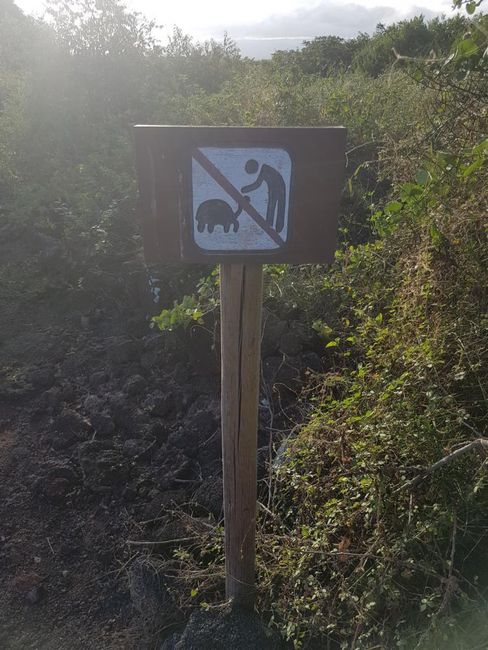
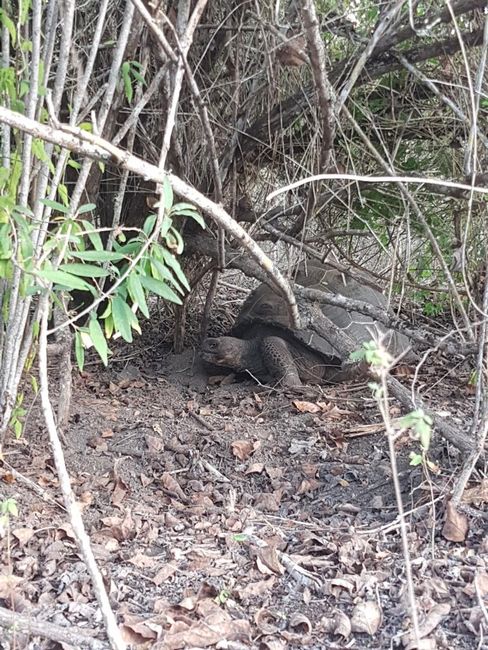
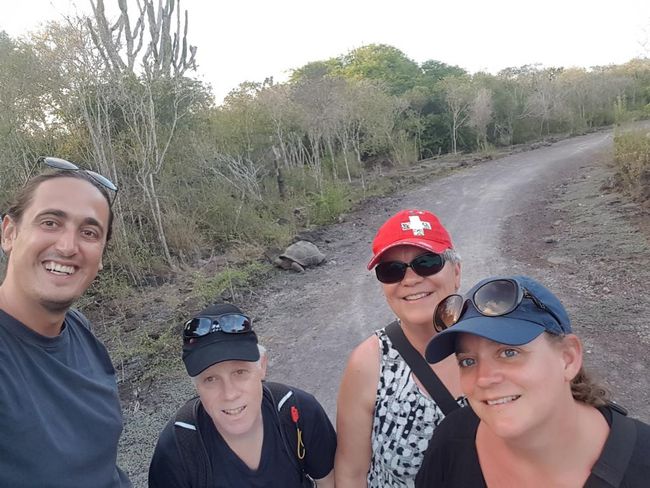
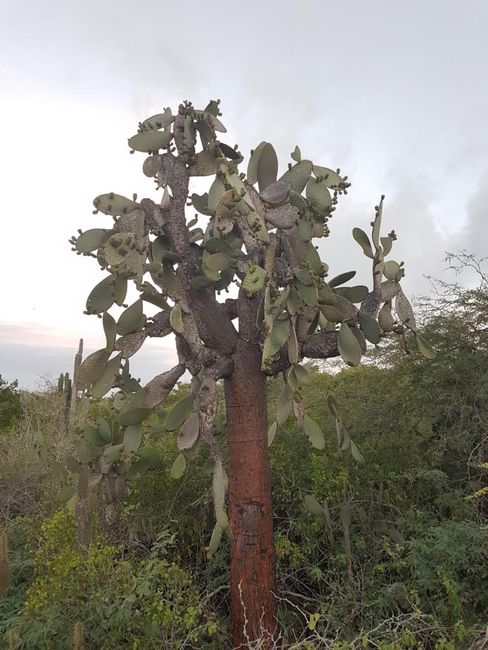
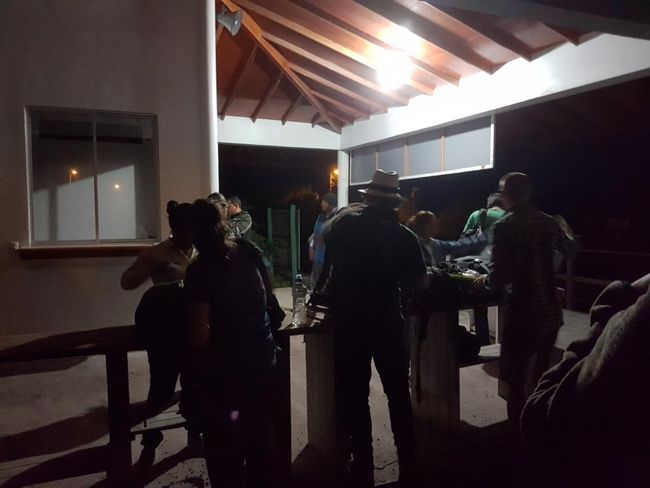
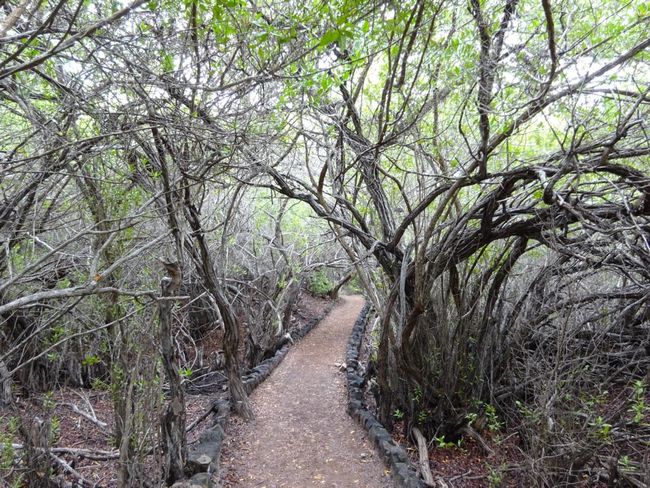
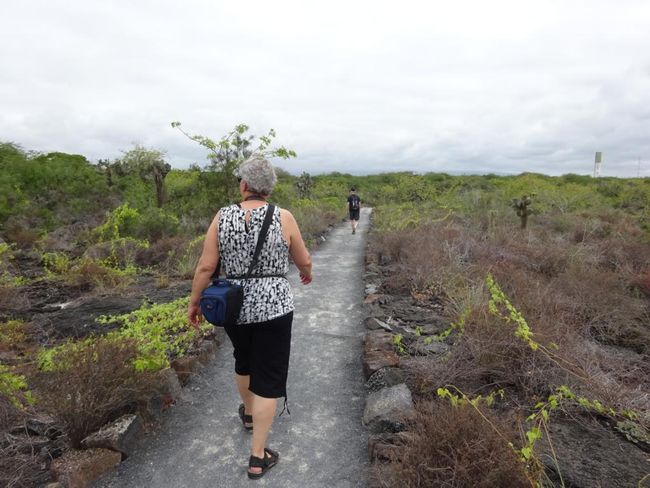
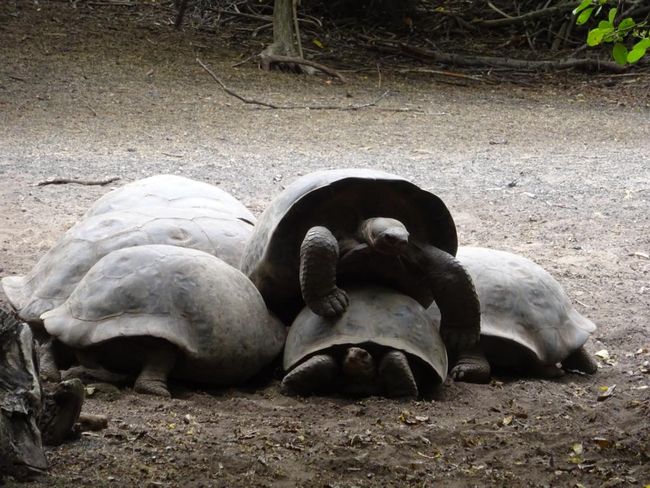
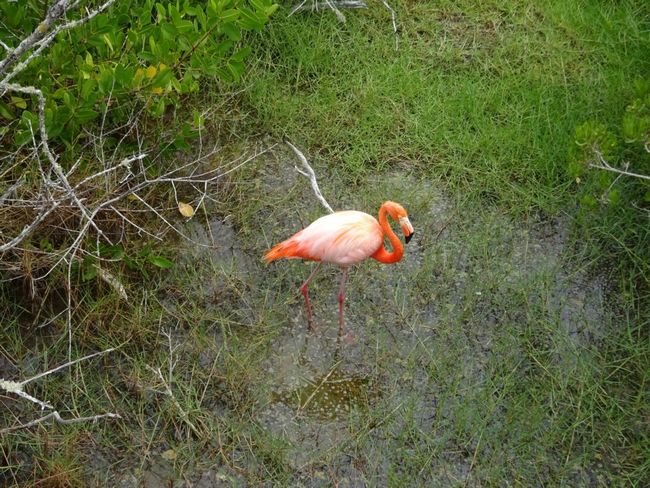
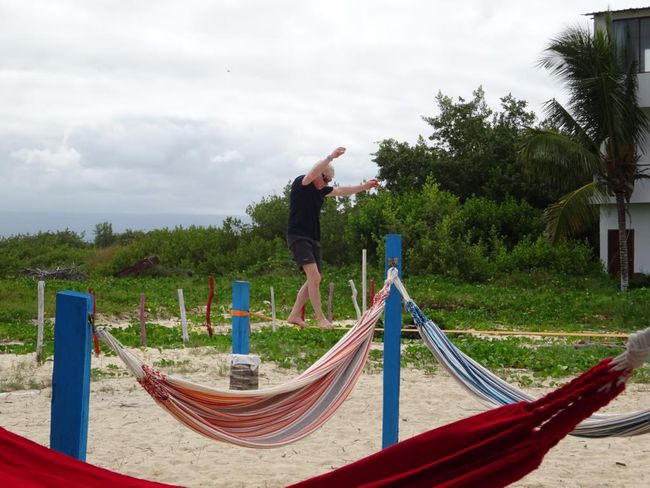
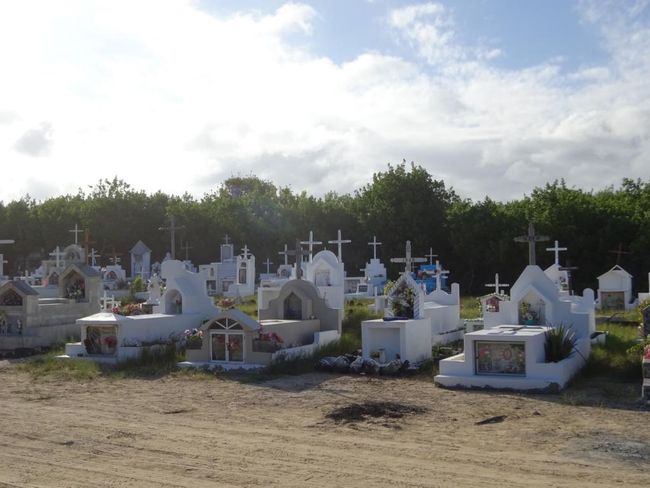
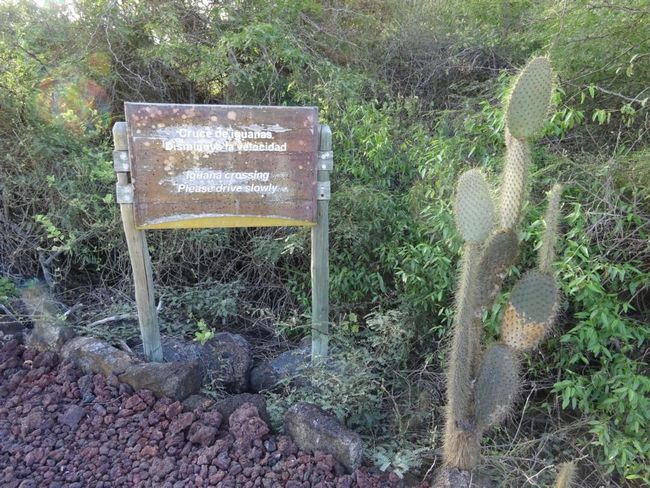
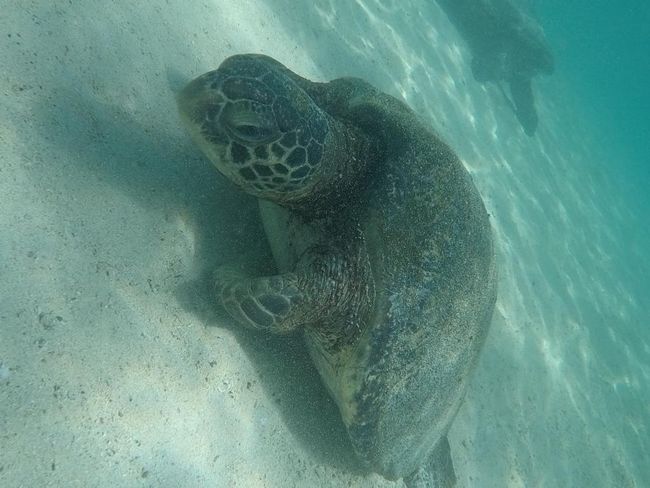
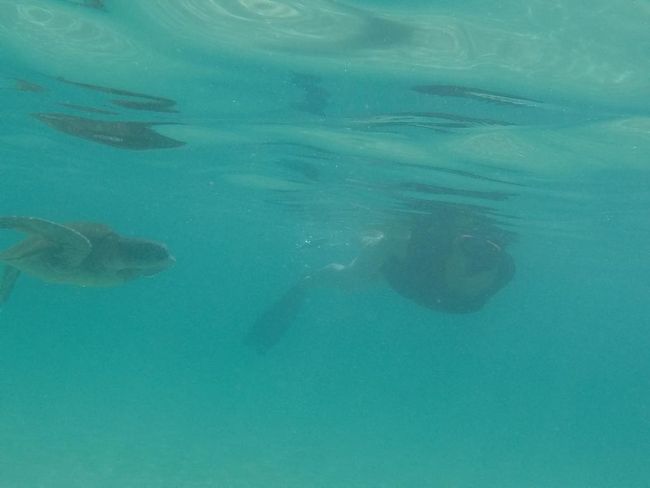
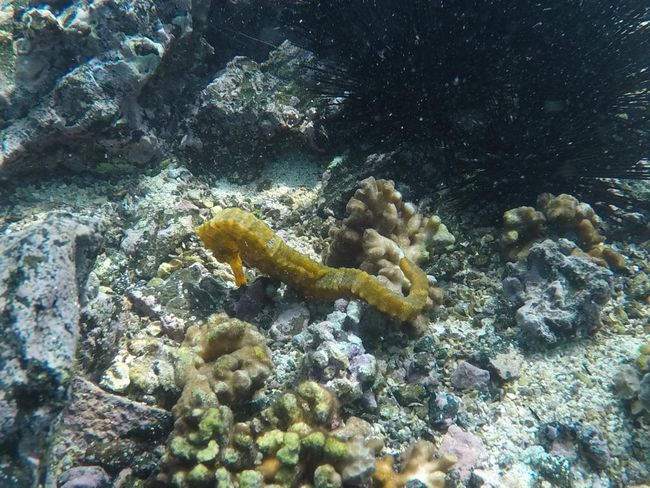
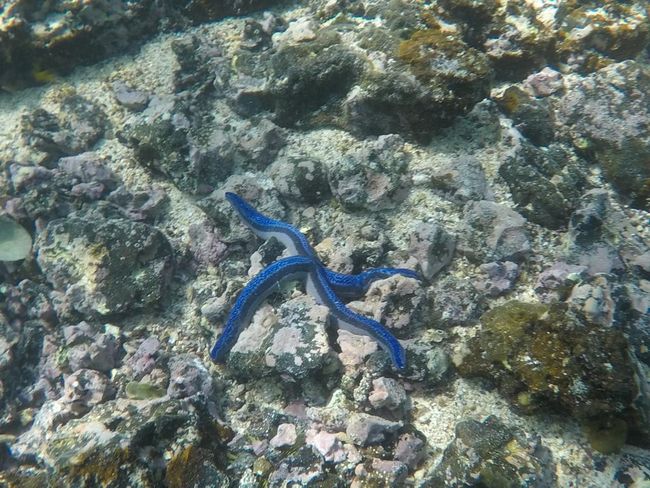
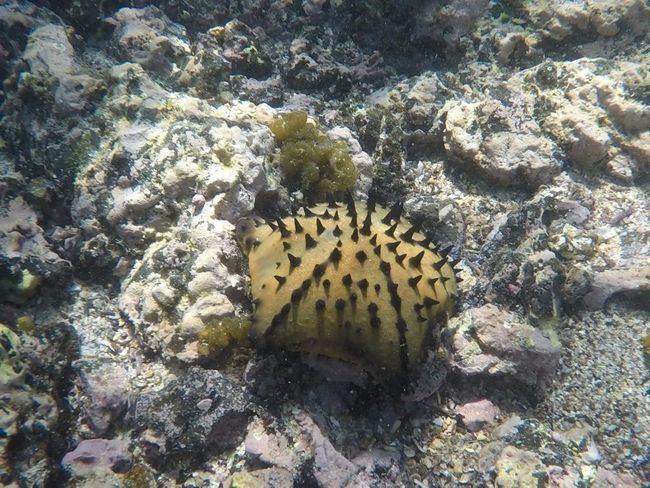
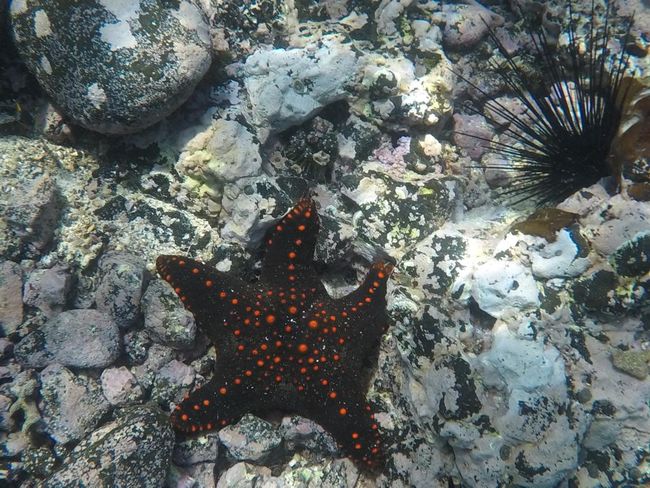
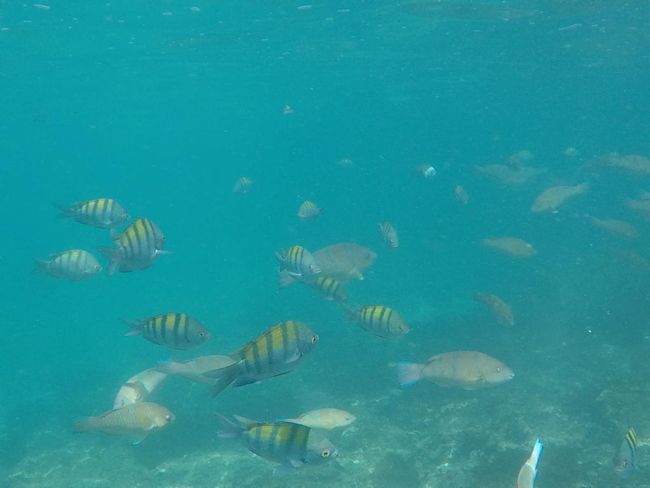
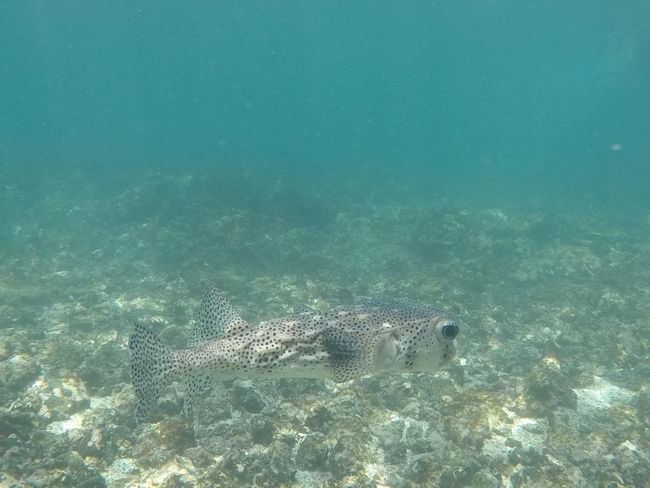
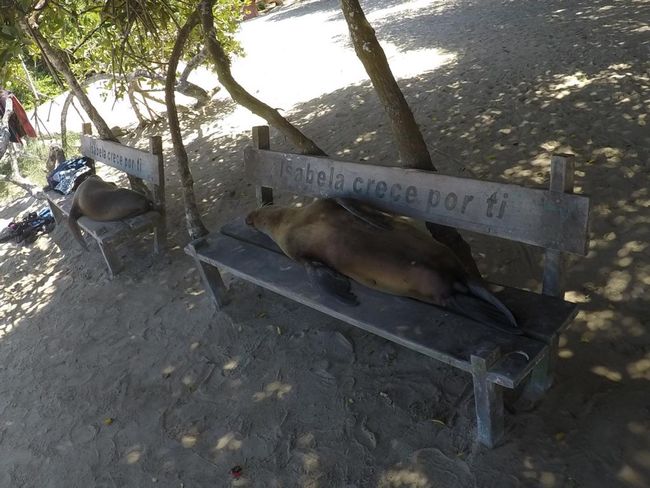
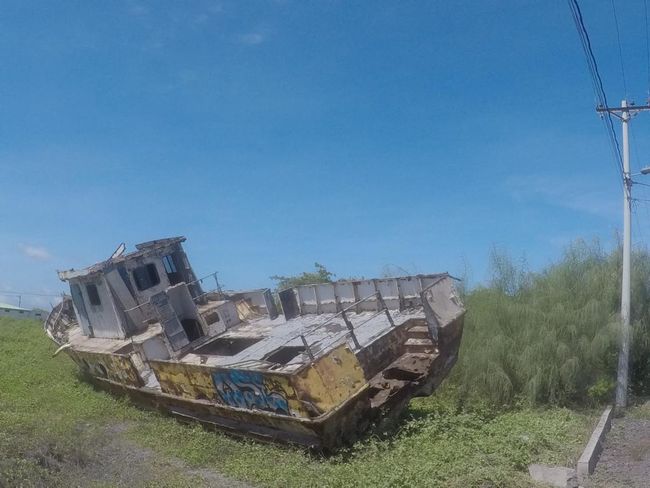
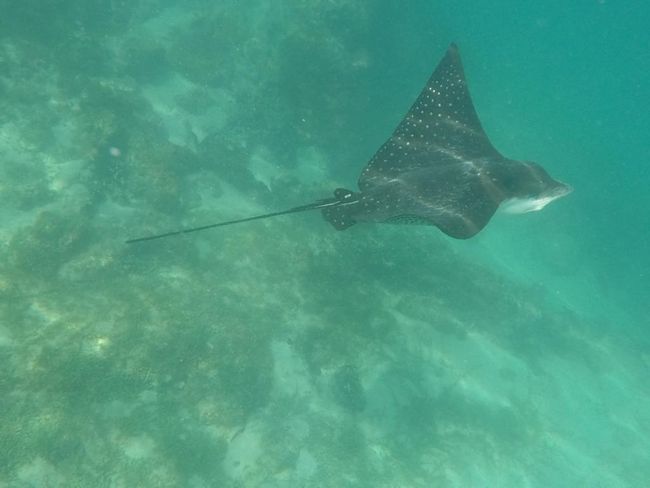
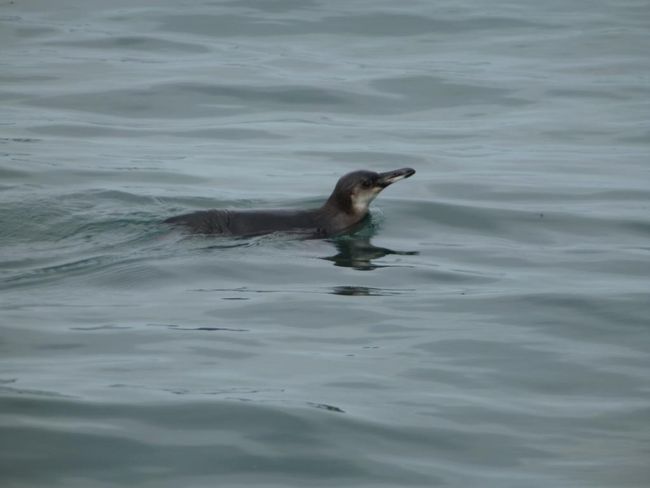
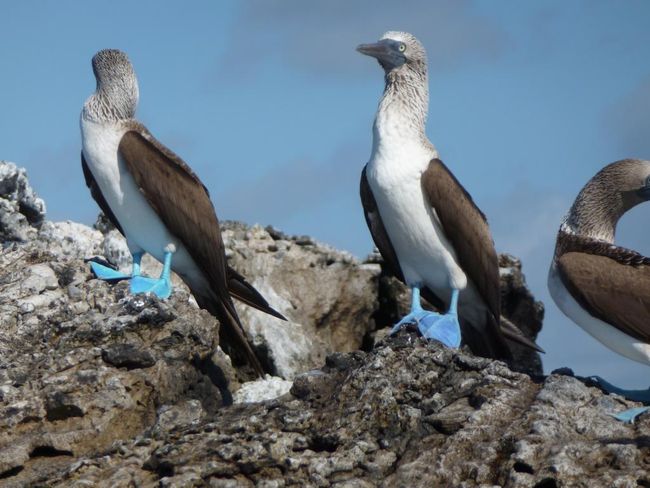
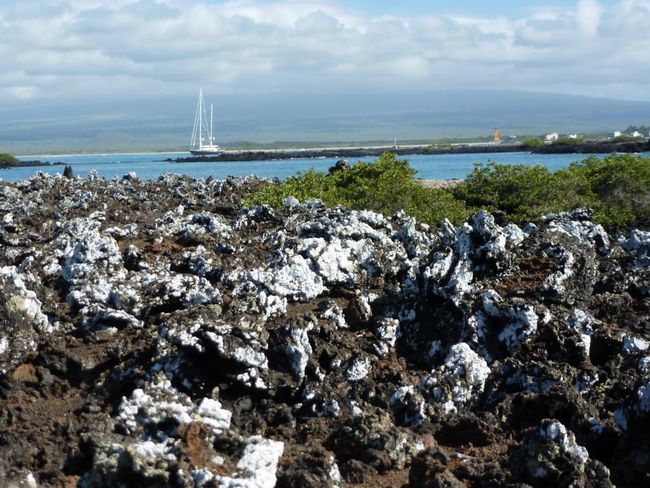
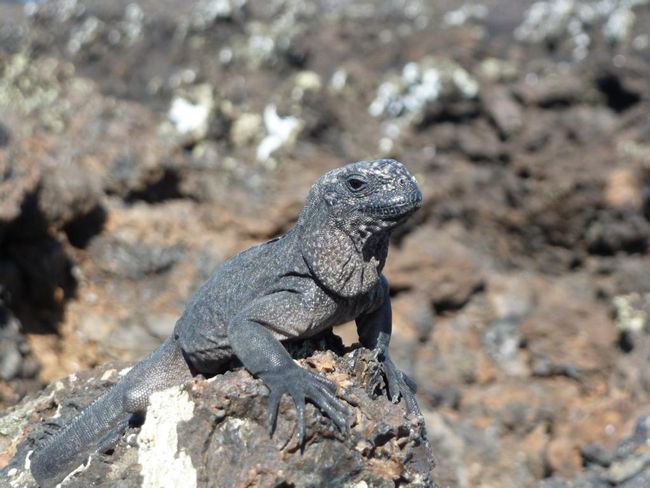
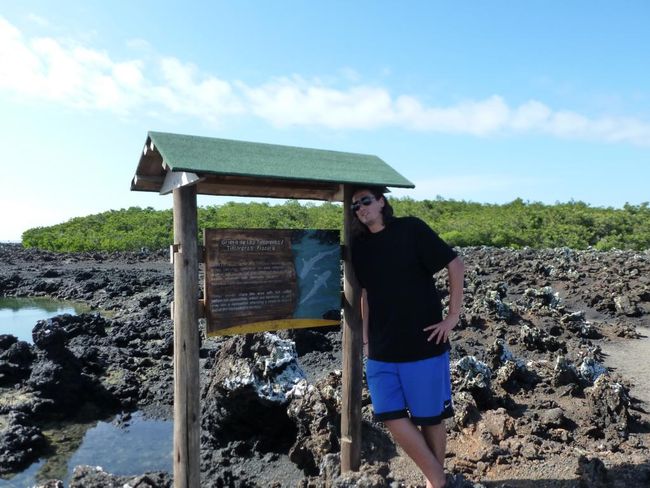
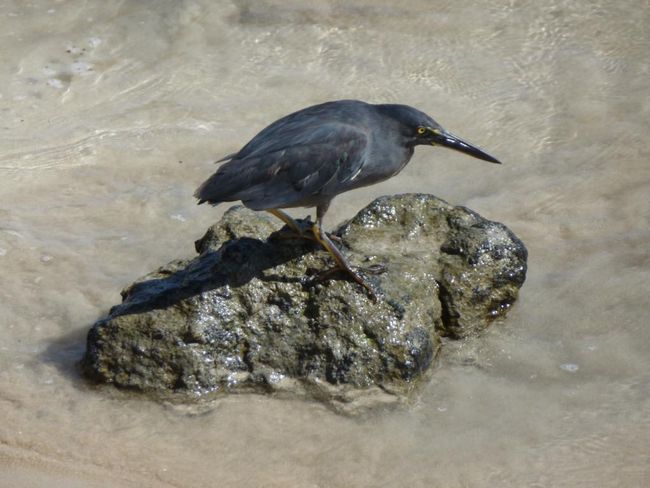
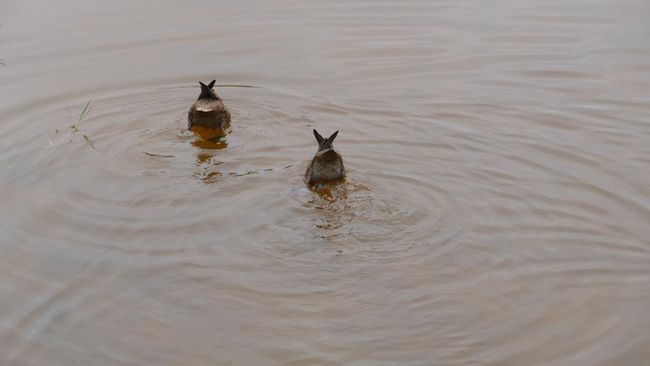
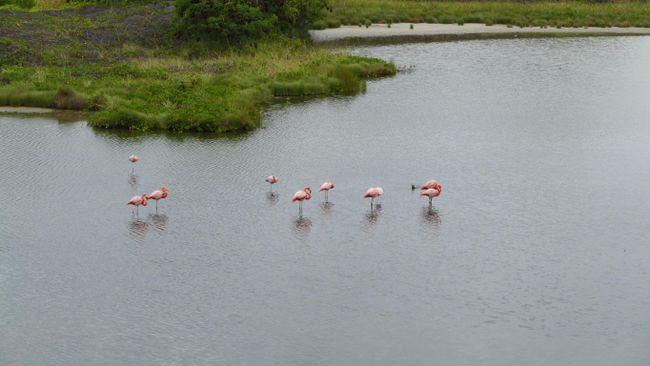
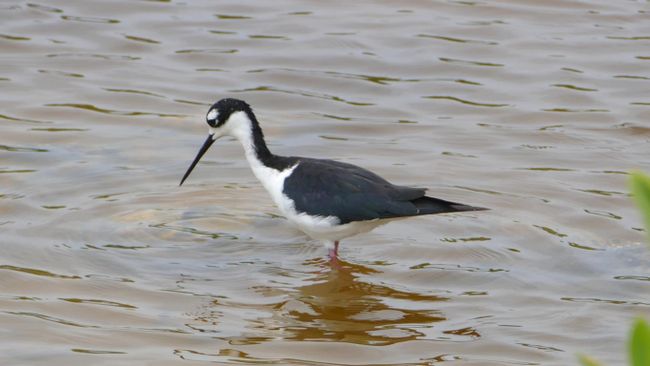
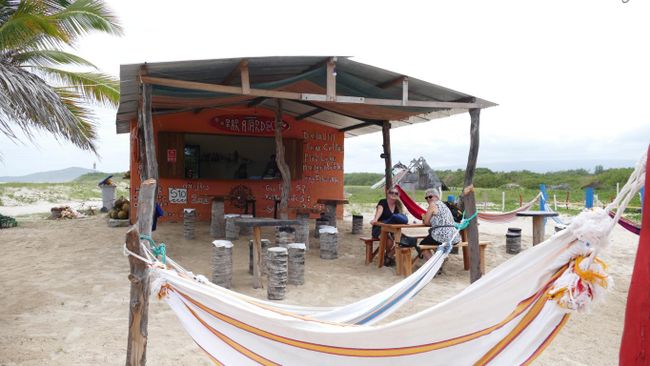
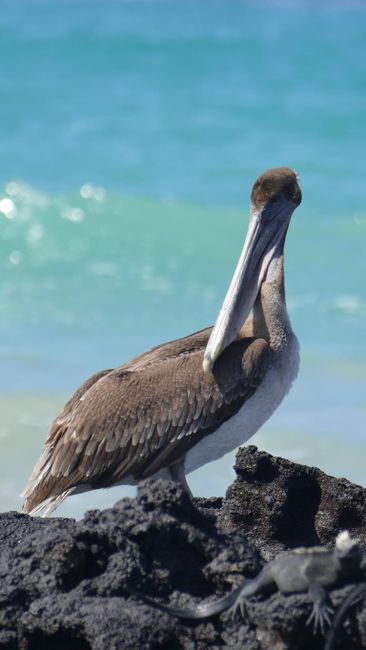
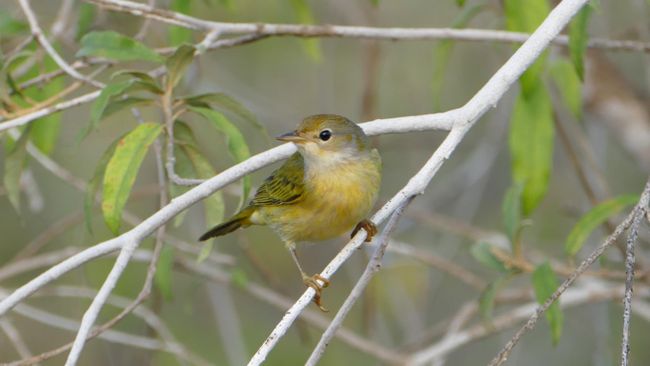
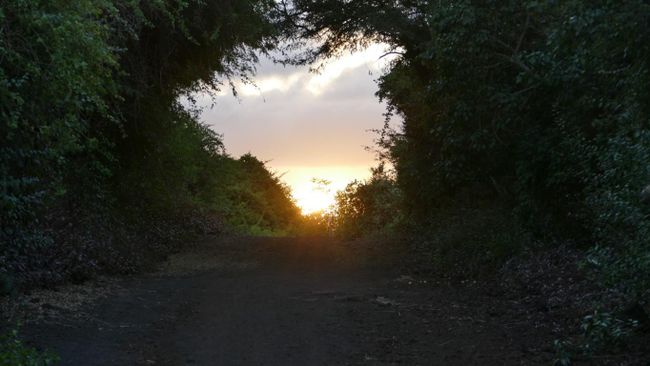
Agsubscribe iti Newsletter
Finally, the day had come. The day we would finally fly to the Galapagos Islands. A long-awaited highlight of our trip. We had booked a 7-day cruise, but we arrived on the islands 4 days earlier to explore on our own. The flight and transfer to the airport were included in our cruise package. So, in the early morning at 04:45, we were picked up by a driver at the hotel and taken to the airport.
At the airport, the first thing you go through is a special 'Galapagos Control', which means your luggage goes through a scanner. What you can bring to the islands is strictly limited, for example, fresh food (fruits, vegetables, seeds) is prohibited. There is a red, a yellow, and a green list of products that are allowed. Items on the red list are completely forbidden, while products on the yellow list are regulated and monitored. At least, that's what we were told. Whether this scanner (which appears to be a regular baggage scanner like those at airports) can actually detect such prohibited goods in the luggage, I question. Anyway, we were officially allowed to take our prepared breakfast cheese sandwiches.
And so, we flew to Santa Cruz Island via Guayaquil, the most populated island in the Galapagos Archipelago. Shortly before landing, the flight attendants walked along the overhead bins and sprayed some substance on the luggage to prevent anything from being brought into the luggage. Interestingly, they didn't seem interested in the carry-on luggage that can be stored under the seats. During the flight, we were also entertained with a nice, illustrative film that explained what is allowed and not allowed on the islands.
During the flight, a customs form was distributed, which had to be filled out. We were called to be honest under the threat of severe penalties. For example, we were asked if we had any food, hiking shoes, a tent, etc. Even if we usually don't take these forms very seriously when crossing borders (we occasionally smuggle a good piece of Swiss cheese across foreign borders without any guilt), we definitely did in view of the fact that false statements can result in a prison sentence. Accordingly, we were a little nervous upon arrival in the Galapagos, as we had taken some snacks from the mainland, knowing full well that the prices on the islands are outrageous. The truth is, however, nobody really cared about what we were carrying or what we had declared on this entry form. The officer who took my form didn't even glance at it, put it on the stack, and waved the next passenger over.
The first hurdle to enter Galapagos is, as expected, to pay up. First, you have to purchase a 'Migration Control Card' worth 20 USD. We were spared this, as this card was also included in our booked package, and we had already received the card from the driver in the morning and only had to hand it over upon entry. But that's not all, next you have to pay 100 USD for entry to the National Park, and please only in cash. Once you have met all the demands, you will receive a nice stamp in your passport and can officially enter Galapagos. Hooray.
The airport is located on the small island of Baltra, which is directly north of the main island of Santa Cruz. At the airport, you first board a bus that takes you to the coast of Baltra, which takes about 15 minutes. Once there, the ferry is waiting to take you across the channel to Santa Cruz Island. From there, you can either take a bus or a taxi to Puerto Ayora, the largest city in Galapagos. The journey takes about an hour. We opted for a taxi because we wanted to catch a ferry to Isabella Island in the afternoon. Since the ferry ticket could not be purchased or reserved in advance, and we didn't know how full it would be, we were a little time-pressed. In retrospect, however, this time pressure turned out to be unnecessary, as it was not a problem to buy such a ticket as soon as we arrived at the port of Puerto Ayora. Well, hindsight is always 20/20, and since we were way too early, we had no choice but to hang out at the port and wait for the ferry.
When it was finally time to board the ferry, we were astonished when we had to go through another baggage check. Suitcases and backpacks had to be opened and the contents shown to the officers. When we finally reached the port of Puerto Villamil after a very exhausting 2.5-hour boat ride, we were once again surprised when we were asked to pay. To enter Isabella Island (the largest of the Galapagos Islands), an extra fee of 10 USD is required. We did not know this in advance, but it didn't matter anyway because we had no choice but to pay this fee, otherwise the whole ordeal with the (also not exactly cheap) boat ride would have been in vain. When we asked, we were told that the 10 USD is used to keep the island clean. This is questioned when you see the first PET bottles and plastic waste lying around in the bushes. After being lectured at length with educational films, warnings, and threats of punishment, I seriously question whether tourists are actually responsible for such pollution. In my opinion, it is more likely that the 10 USD is being used to keep the 2,000 inhabitants of Puerto Villamil busy and fed. But oh well, you only come to the Galapagos Islands once in a lifetime and therefore do not question everything further, and the authorities here know that as well.
The first bit of Galapagos feeling comes soon after landing, when you already have to climb over the first iguanas lying in the middle of the road.
On the first morning, we went for a walk through the small town of Puerto Villamil and visited some lagoons where we also saw marine iguanas, flamingos, ducks, and various birds. We followed a wooden walkway through a swamp until we reached the Centro de Crianza de Tortugas (Giant Tortoise Breeding Center). To our great surprise, entry to the breeding center was even free, who would have thought. We were able to admire numerous turtles of various sizes and even witnessed the production of new turtle babies. A turtle porn so to speak, and I have to say, it was quite a noisy affair.
In the afternoon, we walked towards Concha de la Perla, a place where apparently you can snorkel well. And this too was free, provided you had your own snorkeling equipment. We did. We reached a small platform via another wooden walkway, from where you can access the water. And on this wooden walkway, we had to overcome the next obstacle, as the already narrow path was once again blocked, this time by some sea lions that were comfortably napping on the walkway. Manuela managed to climb over the sleeping sea lions without any problems. But just as I was about to do the same, the animals woke up. When I still dared to step over the group, I was quite startled when one of the animals growled at me menacingly and almost came towards me. Well, what can you do? The explanatory video had already made it clear that a minimum distance of 2 meters must be maintained from all animals. But how is that possible when the animals themselves do not maintain any distance from humans and moreover take their midday nap right in the middle of the narrow walkway? In the end, we had no choice but to climb onto the wooden railing and crawl along it until we had passed the sea lion group. We still hadn't maintained a 2-meter distance, but at least the compromise seemed acceptable to the animals as they no longer growled.
We were extremely lucky during our first snorkeling session. As soon as we entered the water, 2 young sea lions joined us and played, swam around us, and closely examined us. It was a wonderful spectacle. Even a penguin briefly showed up for a swim, what more could you ask for? For my part, I was more than happy after this experience.
For the next day, we had planned to book a snorkeling tour to Los Tuneles, a location known for its seahorses. Unfortunately, our plans fell through as the tours were already fully booked. This is another issue. The maximum number of participants for such a tour is 10 people. But the minimum number of participants for such a tour is also 10 people. Which means if there are too many people, tough luck. If there are too few people, the existing participants have to pay extra to fill the remaining spots, otherwise the tour will not take place. Well, as I said, you only come here once and the tourists will come anyway, so the organizers can demand whatever they want.
So, as an alternative, we booked a tour to Las Tintoreras. And in the end, it was a very good decision. Firstly, the tour costs less than half of the tour to Los Tuneles. And secondly, we were able to see many animals on this tour as well. Among others.... tadaaaaaaaaaa.... a seahorse. A rather large one at that.
First, you take a boat to the small island of Tintoreras. There, you walk along a prepared path for a short distance. Along the way, you encounter various birds and small lizards. You also pass through a narrow fissure filled with water, where numerous whitetip reef sharks swim. You are not allowed to swim there, the fish can only be observed from above.
Then it was time to snorkel, where we encountered not only the seahorse but also sea turtles, huge schools of fish, starfish, eagle rays, and even marine iguanas in the water.
What bothered us was that the guide did not point out that you should not stand or touch anything. Consequently, it was not surprising that all the tourists stomped around on the bottom with their fins and touched everything. When Jörg pointed out to another tourist that she might destroy living beings if she stands everywhere, she just said that this is exactly why the number of visitors to the Galapagos Islands is limited. Hmm, yes, of course, if there are fewer people destroying everything, then you don't have to consider it yourself. Interesting logic. Sadly, most people don't really care, they've seen it themselves, and the attitude is, "after me, the deluge". But even when we talked to our guide about it, he didn't seem to care either. If he reprimands the people, there's probably less tip.
After returning from the snorkeling tour, we spent some time next to the boat harbor in Puerto Villamil. However, if you think you can claim one of the benches on the beach, you are sorely mistaken: the sea lions had already taken the best seats on the benches and were peacefully sleeping there, so you had no choice but to sit in the sand beside them.
After resting for a while, we set off in the afternoon along the coast towards Muro de las Lagrimas, a historical site. However, since we were already late, we did not make the long way to the wall that was once built by prisoners in the local penal colony under harsh conditions. But we didn't necessarily want to do that anyway. Rather, we wanted to encounter giant tortoises in the wild, and we succeeded. After several kilometers of walking in the protected area, they suddenly appeared, sitting by the side of the road and feeding.
After this exhausting day, we found a restaurant in Puerto Villamil for dinner. It was Friday evening, and when a group of young girls armed with smartphones and blasting music walked through the streets, I asked myself for the first time: What are these people actually doing here? Could I live like this? In the middle of nowhere, together with 1,300 people in a small town on an island in the middle of the Pacific, 1,000 km from the mainland of Ecuador? In the middle of a nature reserve where basically everything is prohibited, strictly regulated, and limited. Although I would already answer this question with a resounding "NO" now, I would have done so even more as a teenager, when I wanted to go to the movies or to a disco. None of that is available here, of course. What are these people actually doing here? Our guide would later tell us during the cruise that there are only 3 surnames in Puerto Villamil. That actually explains everything.
The next morning, we had to be at the harbor at 05:30 as the ferry back to Puerto Ayora would leave at 6 o'clock. When we had to go through another baggage check before being allowed on the boat, the whole thing became ridiculous. You cannot reach this damn island without first either flying to Santa Cruz or San Cristobal, being checked there, then crossing by speedboat and being checked again. So, either you already brought everything with you or you bought it in Puerto Villamil. Of course, it was also about controlling that you don't take any stones, sand, or animals from the island. And it was becoming more and more ridiculous. When it was my turn, I approached the officer and jokingly said that I didn't have a vegetable garden, a turtle, or a whole island in my backpack. She then let me through without even looking into my backpack. Very thorough, this whole thing.
The return journey was just as tedious as the outward journey. As we had been on a speedboat before, we knew that we had to secure the rear seats near the outboard motor as these had the least up and down movement. So, they were both back and stomach-friendly. So, we pretended to be seasick and justified the need for these seats. But we were not the only ones with this strategy, an American couple also wanted to claim the best seats for the same reasons, which almost led to a little argument. I could barely suppress my laughter when we realized during the journey that the American was wearing a deep-sea fishing shirt. The sailors and the fishermen play up their seasickness to each other, I couldn't take it anymore. Meanwhile, the truly seasick people sat in the worst seats up front and looked quite miserable.
Eventually, the arduous return journey came to an end, and we arrived back in Puerto Ayora. There, we spent the rest of the day exploring the city, making some last purchases, and preparing for the cruise. We also visited Laguna de las Ninfas, a small lake in the middle of the city. But apart from mangroves (are they now red, white, or black?), there was nothing to see.
Agsubscribe iti Newsletter
Sungbat
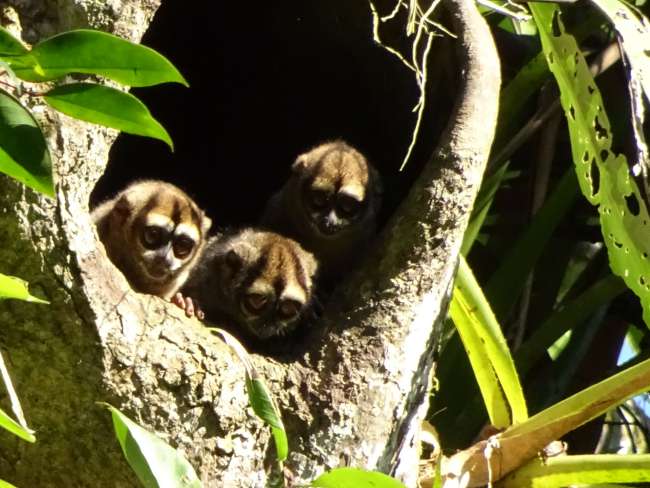
Dagiti report ti panagbiahe Ecuador
